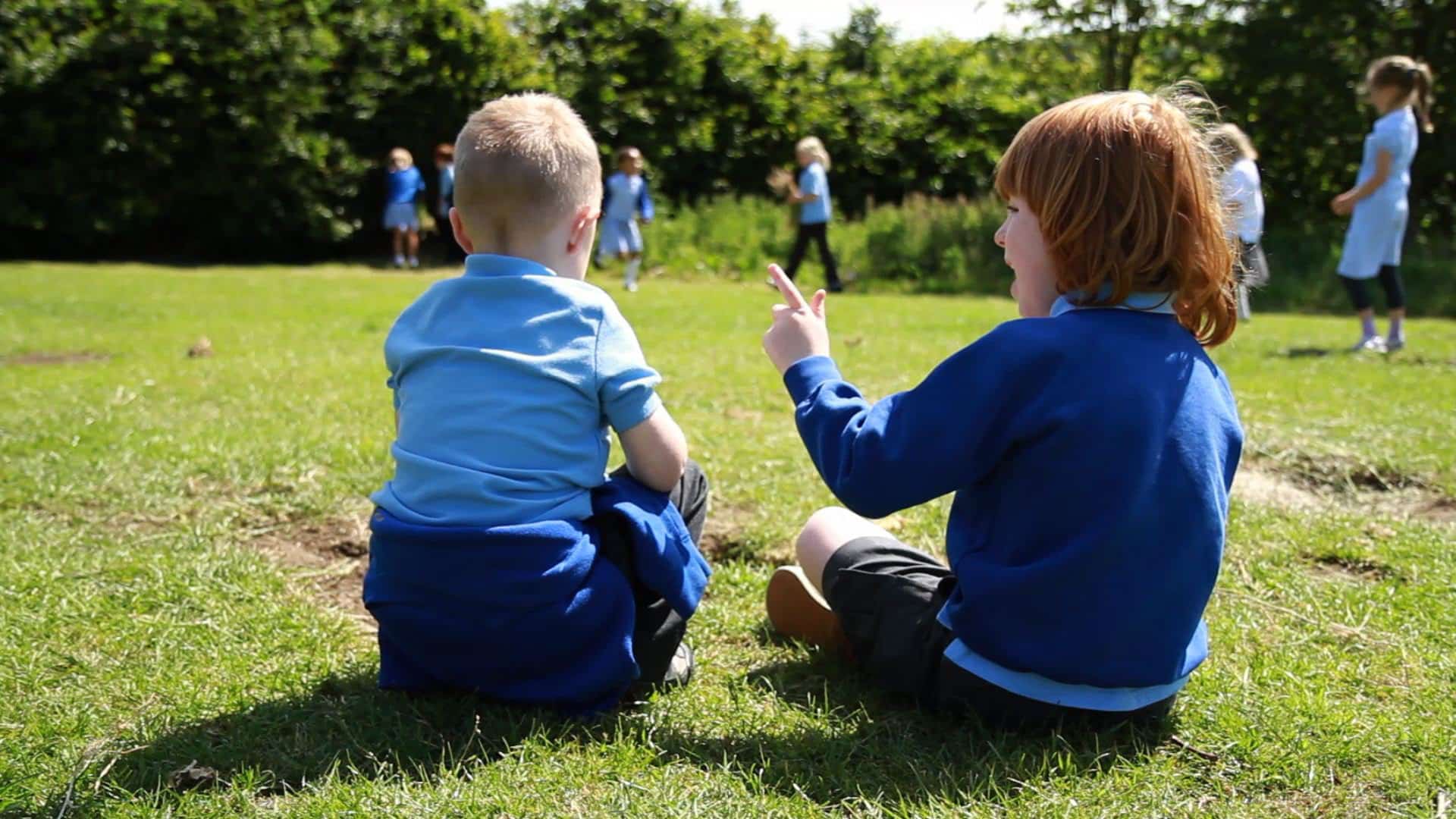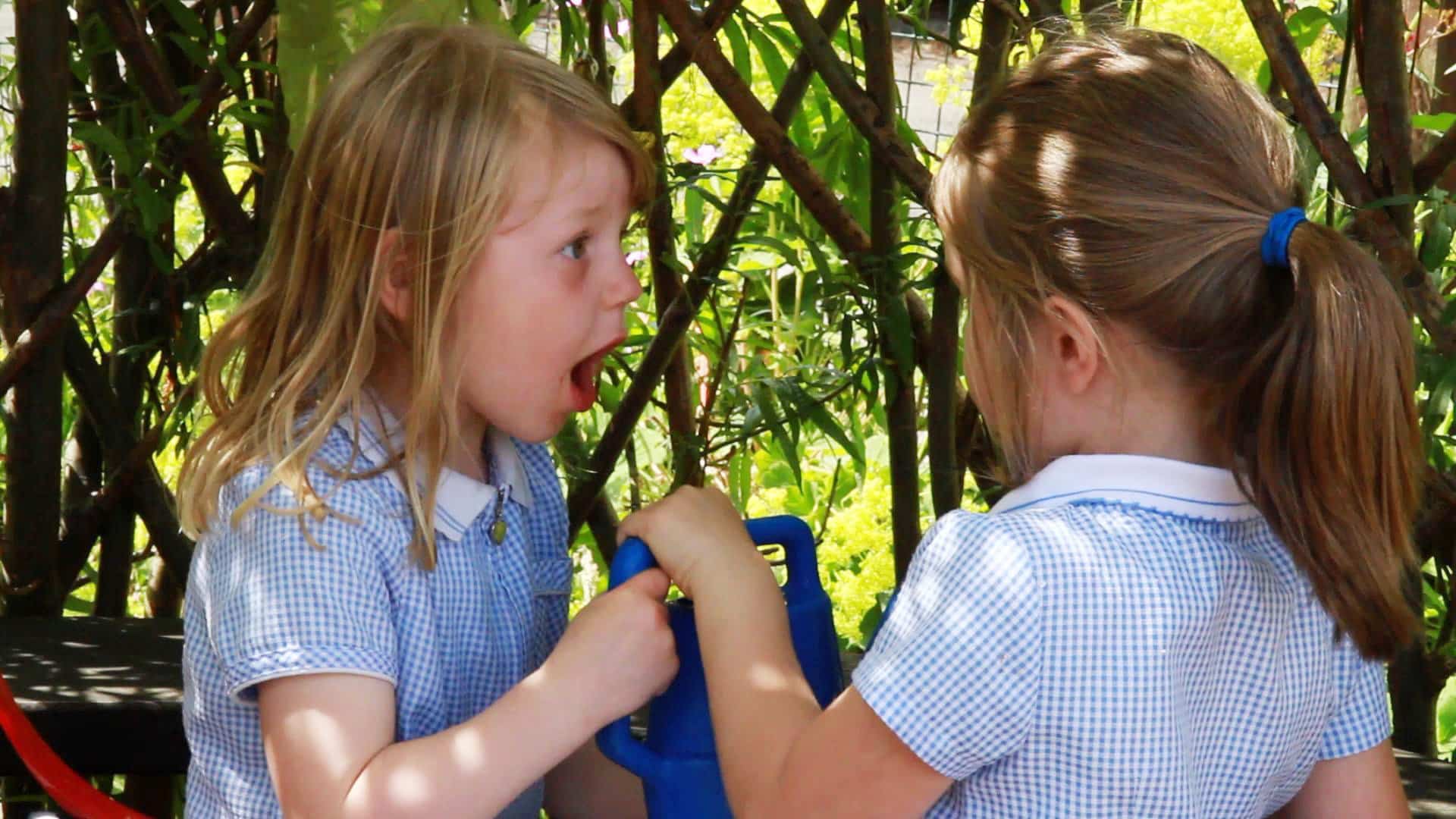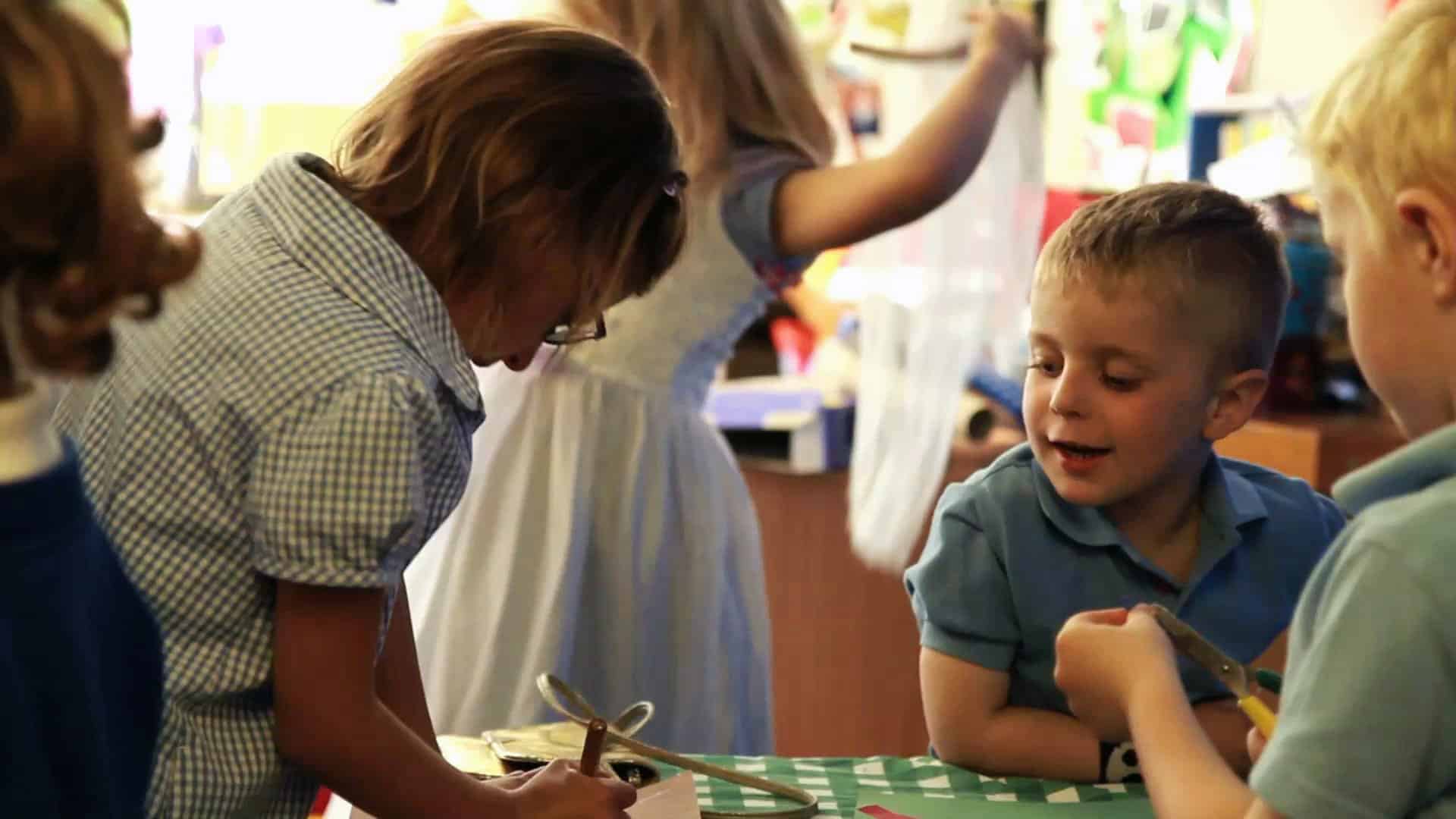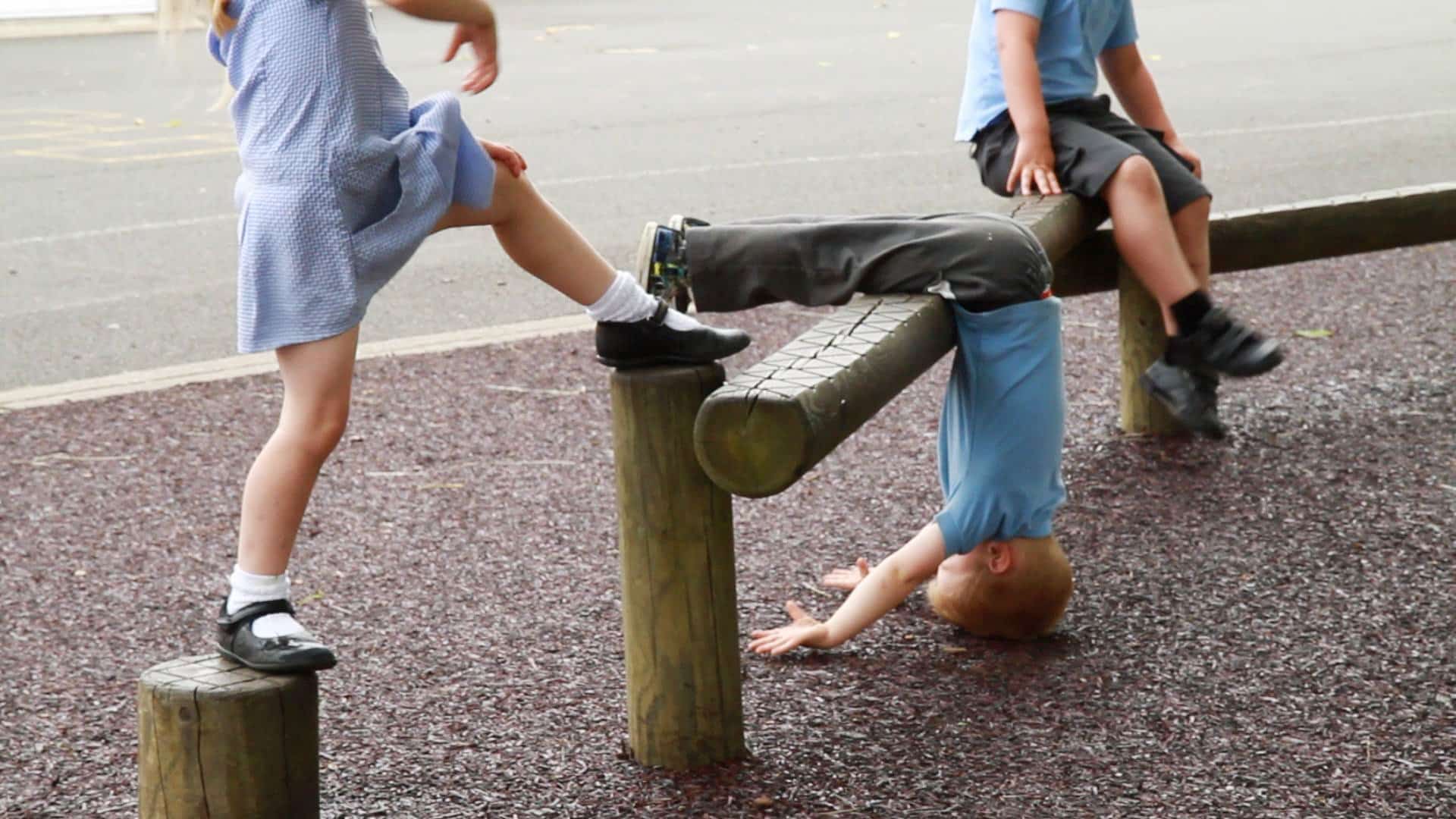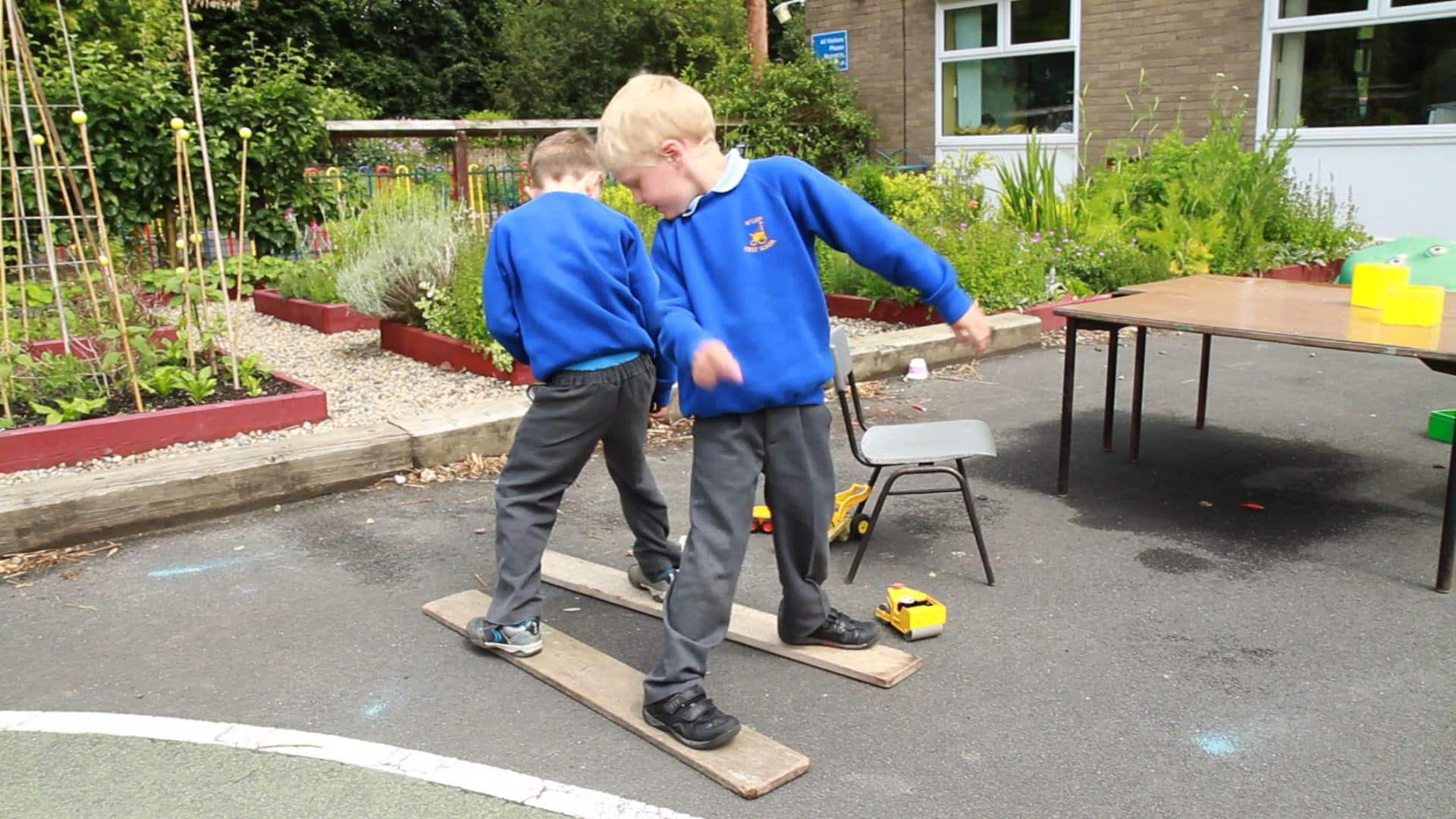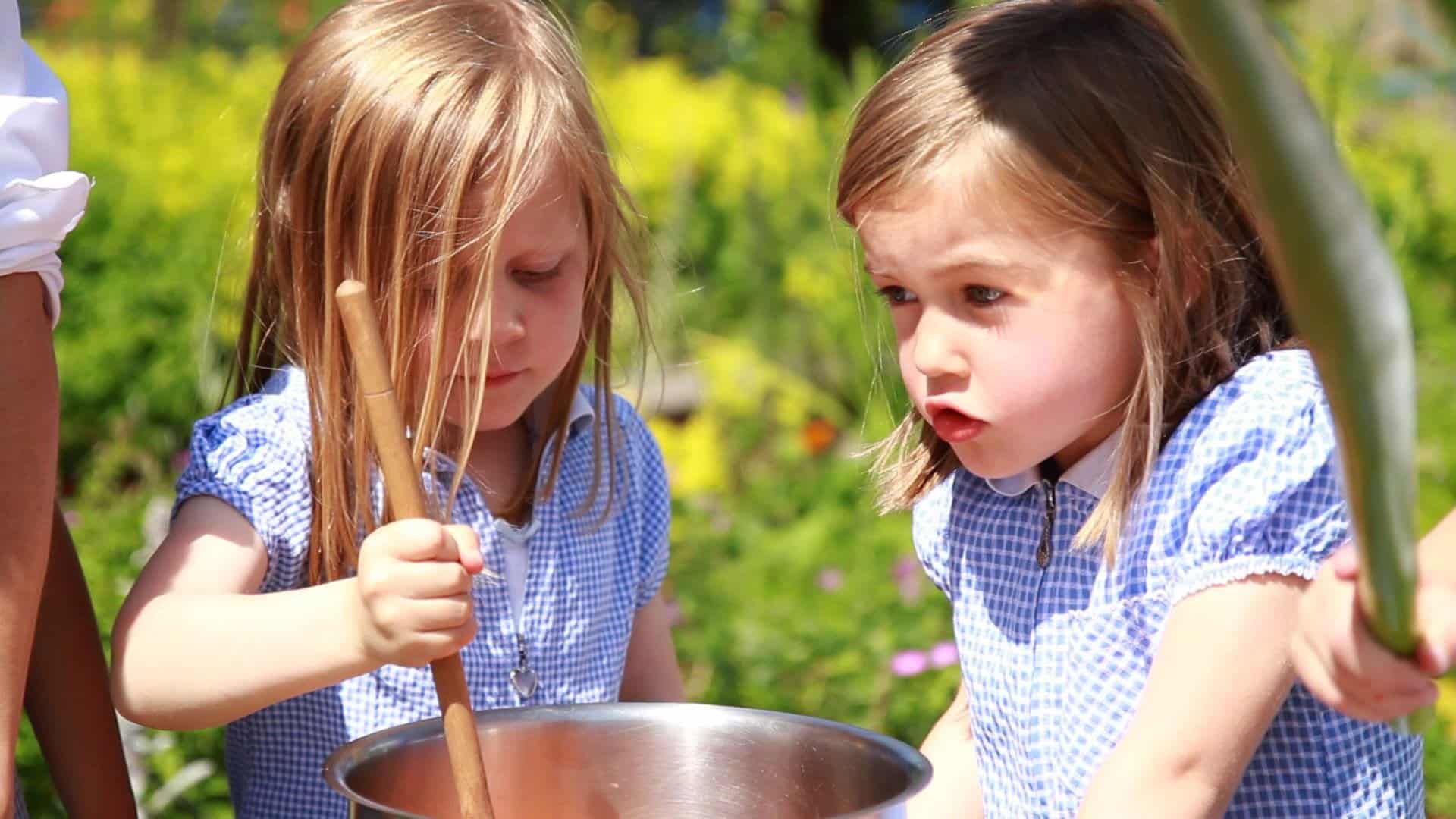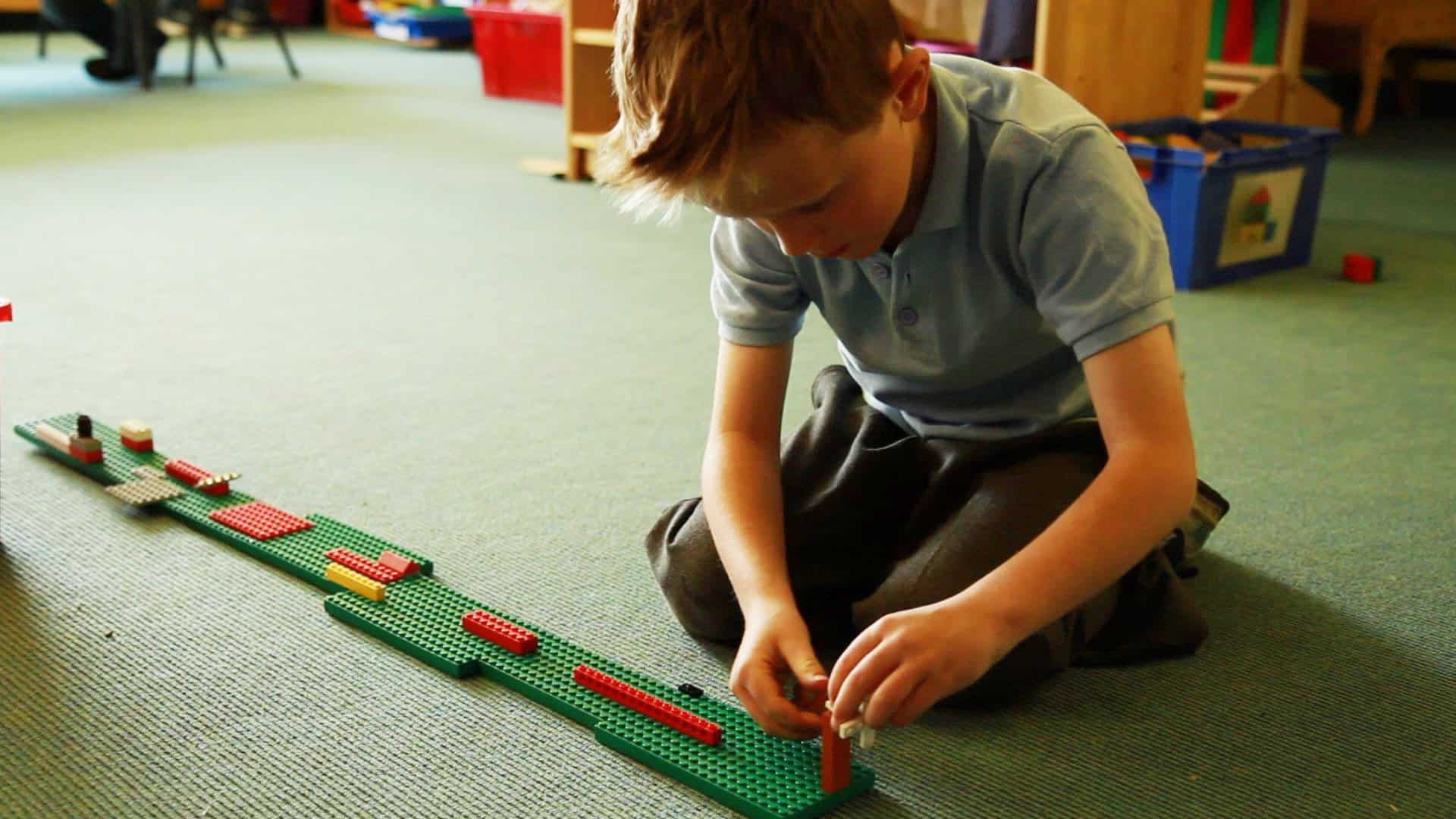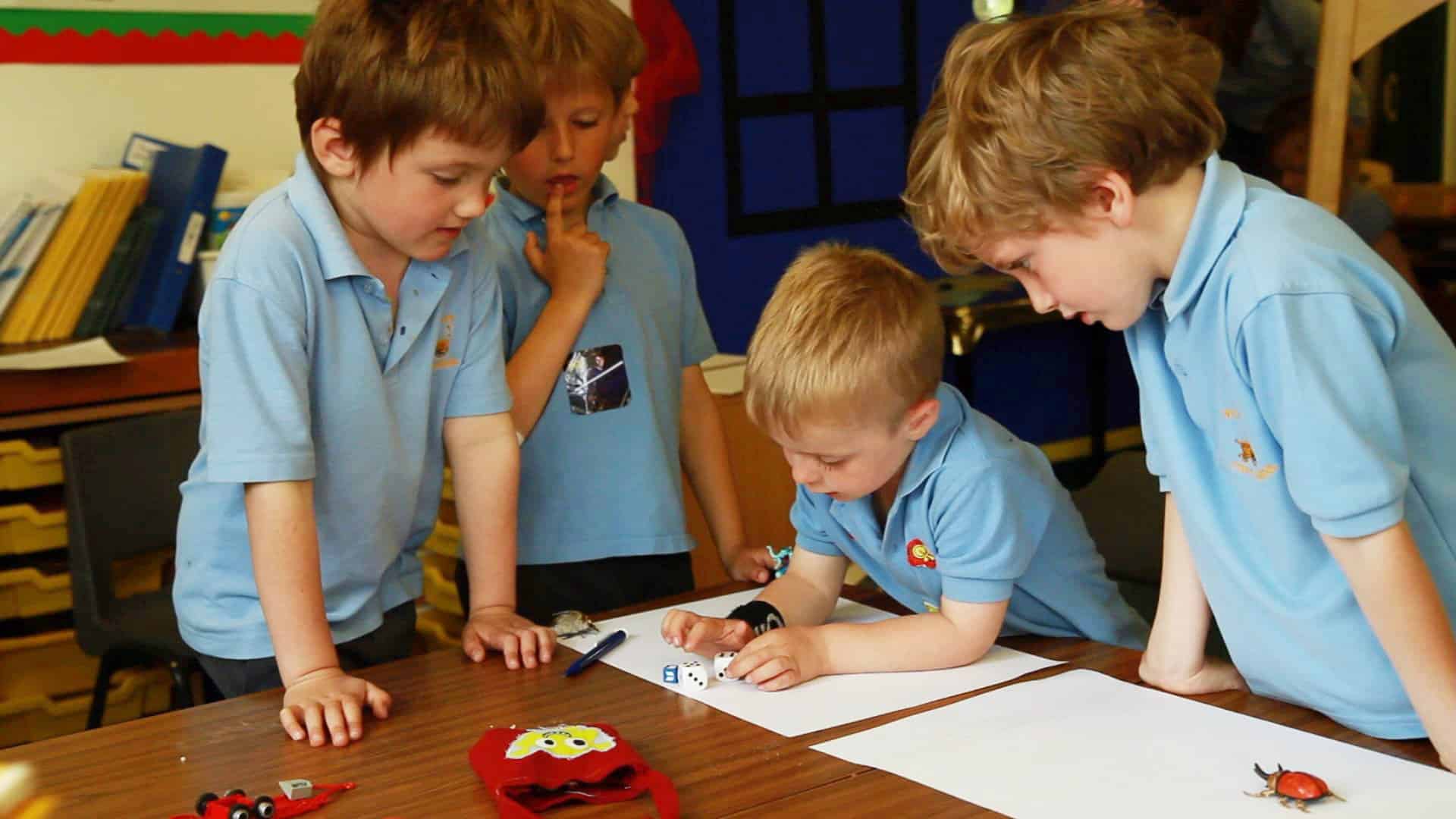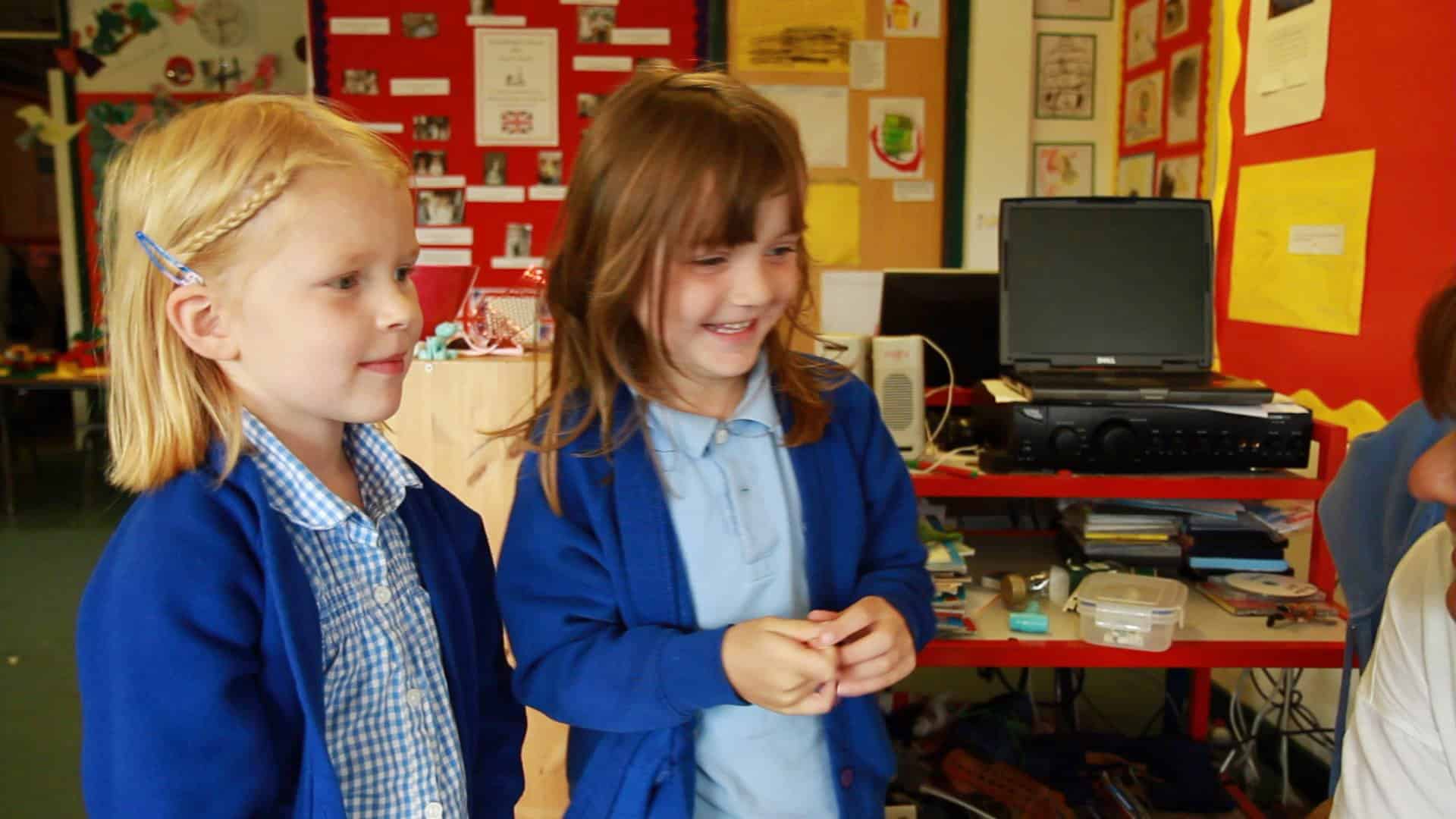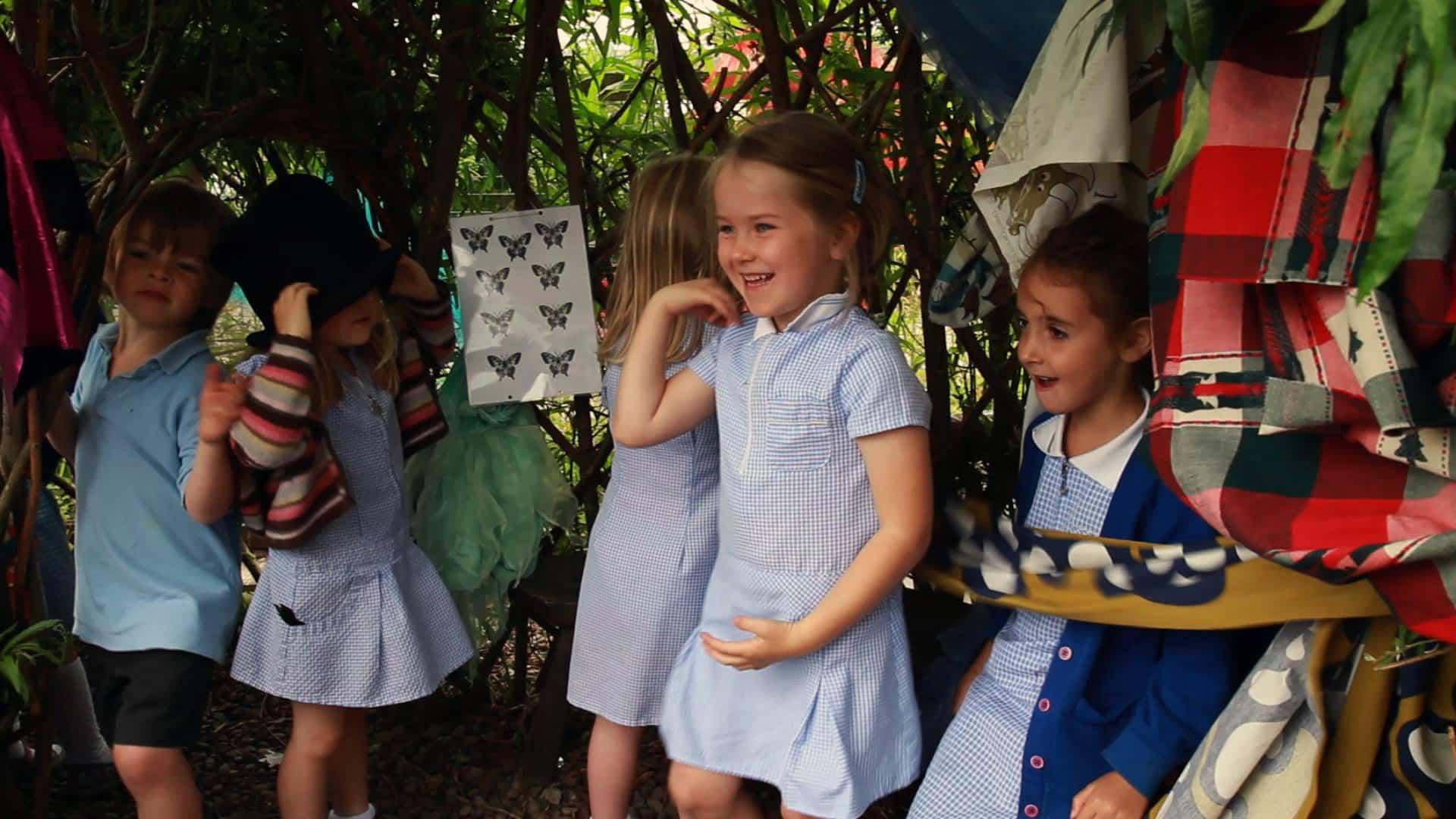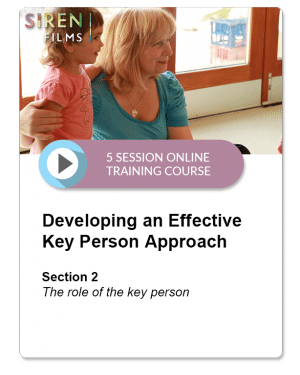
introduction
Introducing the class and the children
Introducing the class and the children
What are the benefits of pretend play?
The children are all engaged in self-initiated imaginative play, in the classroom, the outdoor area attached to the reception class and in the wider playground. We see evidence of their abilities to organise themselves and each other, with negotiation and conflict, tuning into each other’s ideas and developing elaborate scenarios with little or no adult intervention.
Children behaving creatively while developing their social skills is at the heart of this chapter, as the group engage in a game of role-play.
From the stimulus of a real wedding comes lots of imaginative play and the urge to write for a real purpose. Social skills are challenged as tactful ways of refusing an invitation are explored.
The play flows into other areas, using a range of resources and moves in and out of doors. This is an imaginative play experience that highlights how the right environment stimulates young children to make sense of major life experiences.
9 minutes
Capturing the goings-on in the playground, you’ll see children playing games, socialising and managing their emotions.
Here we see the children mixing with older children. With an expanse of outdoor space there is an opportunity for more boisterous physical games. Some games are strictly for boys or girls – other games bring them together in good natured collaborations.
The children devise rules for their games, adding complexity to simple tasks that stimulate heated debates and explore the children’s capacity for reasoning and compromise.
We also look at how social, emotional and behavioural issues can be brought to the fore at the end of playtimes and how this disruption to the flow may challenge a child’s ability to self regulate.
7 minutes
How do children develop physically through play? In this chapter we analyse how children create and manage their own challenges.
Outdoors, the children devise and set themselves new physical challenges, playing alone and collaboratively. The big empty space provided encourages running and racing, challenging each other to be the fastest, good old rough and tumble, balancing and jumping games.
Good for looking at:
‘Why’ may be a short word, but it can be very challenging to adults when children start to question the world around them.
Here we begin to understand the reason and purpose behind questioning as the children are keen to experiment with the knowledge they have about the ideas that fascinate them, they are curious about the world around them. During their outdoor classroom time we see how the children experiment and test their theories and ideas about the world.
Later, we se how this curiosity can be seamlessly woven into learning within the classroom as Becky (the teacher) brings the children’s experiences together through storytelling and discussion.
Calculating & creative efforts concentrates on self-directed learning as children make objects within the classroom. Using paper, glue and scissors, the class gets on with the task of creating their own mini worlds or objects of desire from the basic materials to hand. As they craft and explore their creations, lots of calculations take place in order to size and shape their efforts.
Conversation during the creative process revolves around mathematics and it’s associated terminology with humorous results as the children try to make sense and interpret the new language they are introduced to within the process.
This is a rich sequence that includes maths, creativity, language devlopment and role play, all intertwined in glorious play scenarios initiated by the children, enhanced by props and open-ended resources.
Play can help reinforce meaning and understanding, and here we see children developing mathematically through play. Becky responds to the children interest in’ games with rules’ and helps them to make up their own. At this stage, the rules are those of the children, so the game only really needs a start and a finish line – what comes in between is arbitrary. For now, ‘behaving as’ a game player is what counts!
Careful throwing of the dice and meticulous counting of the spots makes this a mathematical task with true meaning for these children and each player pitches it at their own level. Number writing/ordering, turn taking, addition and following rules are just some of the skills you will see being developed and nurtured during this fun classroom session.
Adults talking with children help them develop thinking, social and literacy skills: in this chapter you’ll develop an understanding of how to support this process. Children of this age are still developing their communication skills so it is usual to have a wide variation in ability and scope in the articulation, acquisition and understanding of language within a class of four to five year olds.
A responsive adult knows how to manage tune into the various abilities of the class during group and 1-2-1 discussions in a way that is sensitive and inclusive. In this chapter you will see the children engaged in different tasks communicating with adults in a number of scenarios, showing fine examples of how to support language and communication within everyday practice.
Here we see how you can support child-initiated group pretend-play. Lilly starts out with an idea that she would like to build a den and before long everyone wants to help. This activity brings with it excitement and ingenuity from the children as each individuals contribution is valued and becomes part of something bigger.
This chapter offers an excellent opportunity to see how child initiated play can blossom into a full scale class project. You will observe some excellent examples of how each child’s individual ideas and needs are met through collaboration, compromise and effective communication between the children, supported by the teacher.
